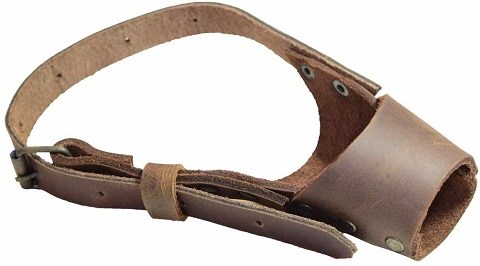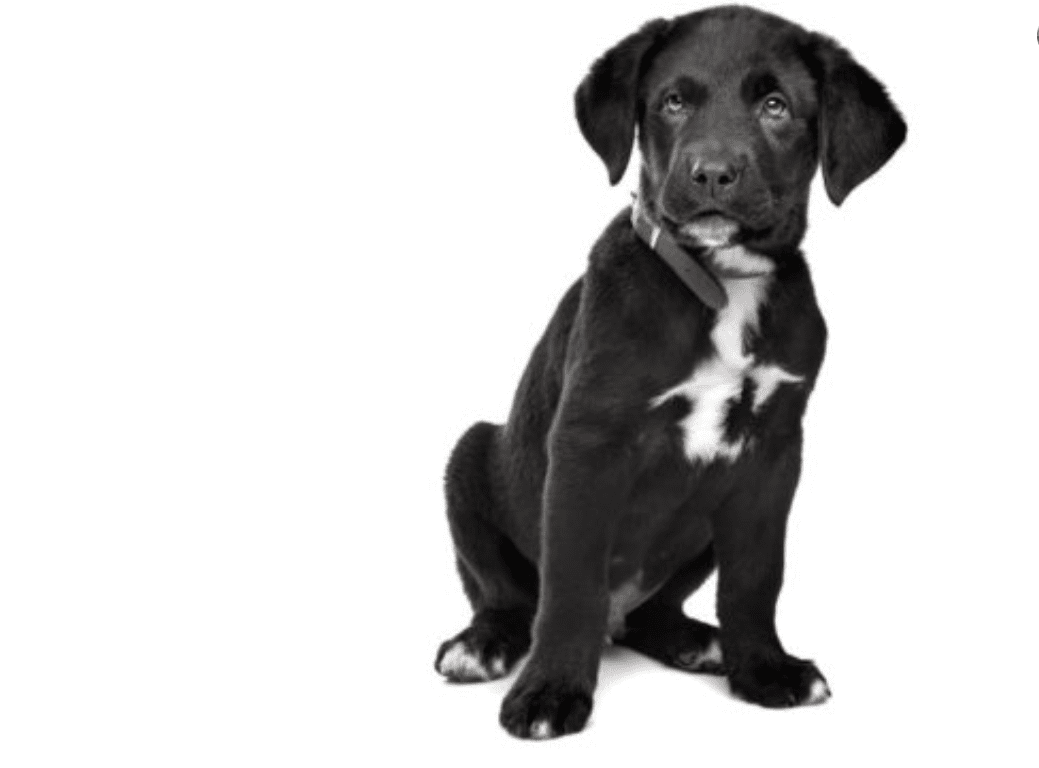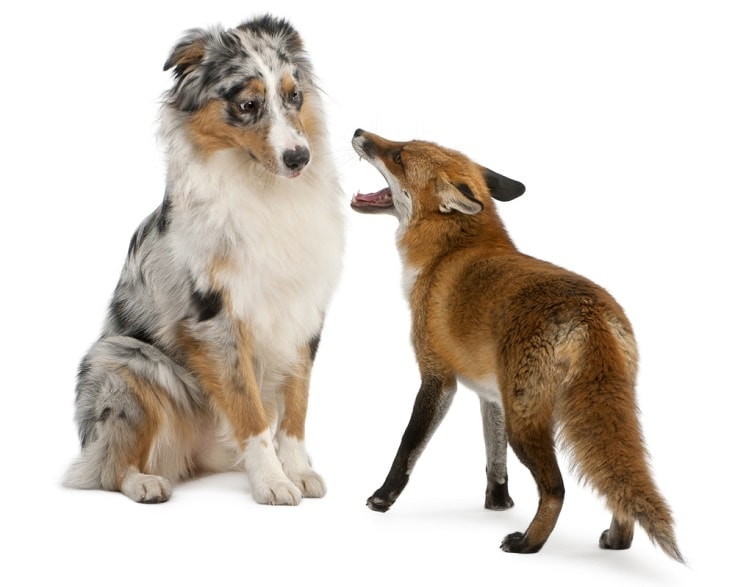3 Types of Dog Muzzles and Their Differences (with Pictures)

Updated on
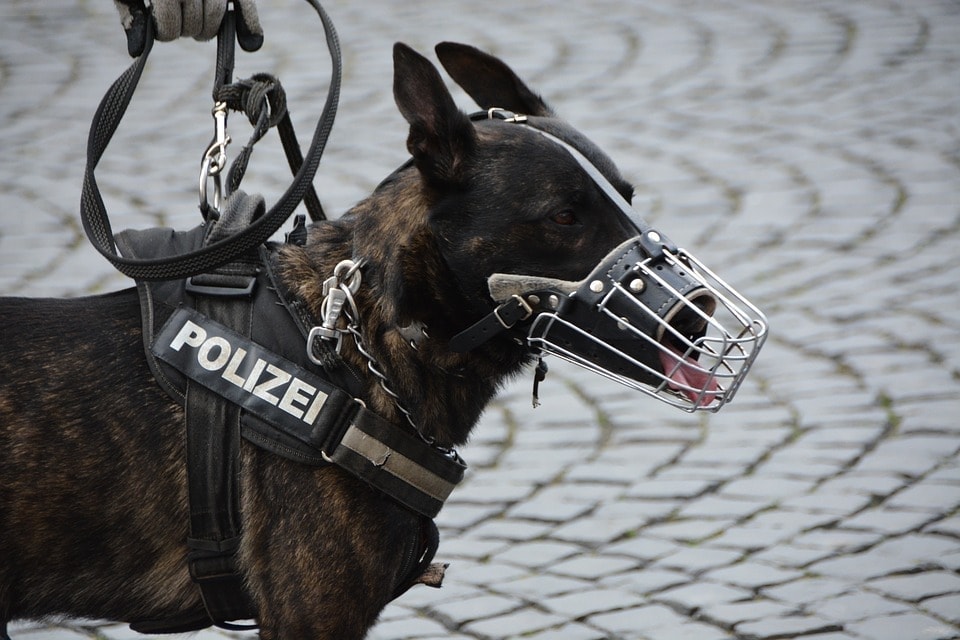
There are several reasons why you may be in the market to purchase a dog muzzle. First, maybe you have a new puppy, and you’d like to train them not to bark or bite or chew up items that shouldn’t be chewed. Second, you may have an older dog that is getting snippy as they age, or need to adapt to new eating behaviors. Third, you may just want to use a muzzle as a precautionary measure when taking your dog out into public. Whatever the reason, it’s important to do your research to know what types of dog muzzles are available and for what they’re best used.
The two main categories of dog muzzles are the basket muzzle and the soft muzzle. In this article, we will give a brief description of each type and look into the benefits and drawbacks of each. If you don’t feel like purchasing one, there is a way to make one at home which we will describe later in the article, as well. After going over the types, we will describe the best way to take measurements to ensure you are purchasing the correct size.
The 3 Types of Dog Muzzles:
1. Basket Dog Muzzle
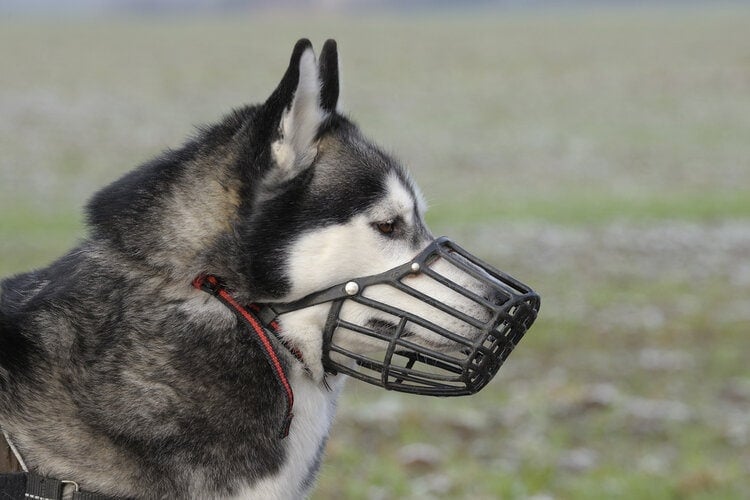
The basket muzzle resembles a cage that is typically made out of plastic or metal and covers the dog’s nose and mouth. Although it may not look like it, the basket muzzle tends to be more comfortable than a soft muzzle. The strap wraps around the back of the dog’s head and can be adjusted to make sure that it’s secure but not too tight.
This type tends to be more comfortable because it allows for some freedom of movement for your dog. He can open his mouth slightly and can pant if needed. Because of the cage-like structure, it allows for easy airflow, which helps keep your dog cool. He can even drink water and receive treats through the openings, which helps maintain comfort and provide opportunities to reward him for good behavior.
The basket muzzle is a good choice if you’re training a dog or simply want to prevent biting. He may still be able to bark depending on how tightly the cage fits around his snout.
2. Soft Dog Muzzle
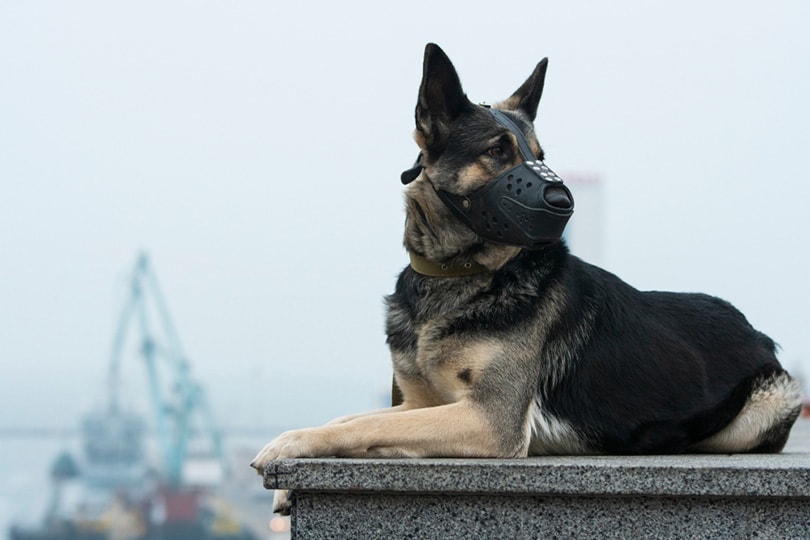
The soft muzzle, on the other hand, is usually made from fabric such as nylon, mesh, or leather, and wraps around your dog’s snout to keep his mouth closed. Similar to the basket muzzle, this one also wraps around the back of your dog’s head and can be adjusted to make it more comfortable.
Unlike the basket muzzle, the soft muzzle won’t allow your dog to open its mouth much, if at all. That will depend on which size you purchase. Typically, soft muzzles won’t allow your dog to pant or receive food or water. Because of this, the soft muzzle is better to control barking and biting. It doesn’t allow for as much freedom as the basket muzzle, although both can prevent biting.
Another benefit of using either the soft muzzle or the basket muzzle is that it helps to control eating. Although with the basket muzzle you can still give your dog treats, the dog will not be able to eat food or chew on things. Therefore, both are good to help develop eating habits or train against chewing up furniture, shoes, etc.

3. Homemade DIY Dog Muzzle
Another option when choosing a dog muzzle is the homemade option. You can purchase homemade dog muzzles through channels other than commercial sites, or you can create your own using fabric or even gauze.
To make a dog muzzle out of fabric or gauze, first, approach your dog slowly. Once you have comfortably gotten your dog to sit or lay down with you, then take the fabric you wish to use and wrap it around your dog’s snout and the back of the dog’s head. You can then tie it off at the back of your dog’s head, making sure it is neither too tight nor too loose.
The key when choosing to purchase a dog muzzle or make your own is ensuring that it is the right size for your dog. Three measurements will help you determine the correct size: the height between the nose and the mouth when the dog’s mouth is open; the length of the snout up to the nose; and the height of the nose and the mouth when the dog’s mouth is closed. Knowing these measurements can help you find the right fit for your dog.
The Final Word
As you can see, dog muzzles aren’t just for “disobedient” dogs. There are various reasons why a muzzle may be the right choice for your dog, and, in the end, they can help to train your new dog or teach older dogs to control their eating habits or snippy behaviors. Whatever you decide is right for you and your dog, we hope that this article helped to inform you about how to go about choosing the best style for your needs.
See also:

